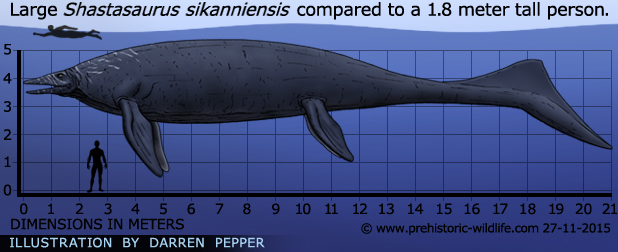As you may have noticed, I did not write yesterday; I let time get away from me and just never got around to it honestly. However, if you thought you would miss a lot of material on
Allosaurus anatomy, you just have to look back at this post from a couple of years ago that
addresses some of this topic.
Allosaurus is one of the most well-known predators following the likes of
Tyrannosaurus and
Spinosaurus from the dinosaur world. We know, from earlier in the week, that
Allosaurus has made its mark in documentaries (
and hypothetical documentaries) as well a research and a number of websites. Alone, these would be a good foothold for most dinosaurs to gain more popularity and have more interesting things to say about them and links to pages that discuss them.
Allosaurus has also appeared in movies, but, more importantly to us today, in massive numbers of books, magazines, and as toys. Books are easy to come by that mention
Allosaurus. There are large quantities of information in books like The Princeton Field Guide to Dinosaurs and many other books that are geared more toward a younger audience, like Dougal Dixon's book
Allosaurus and other Dinosaurs. Searching for
Allosaurus kids books returns a list that can take a very long time to sort through; do so at your own peril in terms of time allowance.
Allosaurus has appeared in both the historical versions of magazines (meaning print) and digital magazines like Live Science. Technically the
Allosaurus shared in this article for
Live Science can also be attributed to the blog world (as it comes from the Witmer Lab's online presentations), but that is, I would argue, a new version of digital magazine.
I do not want to spend all day writing about toys, so simply know that the sheer number of
Allosaurus toys is much higher than expected and range from old outdated versions of the dinosaur to new, feathered versions of the dinosaur.































































